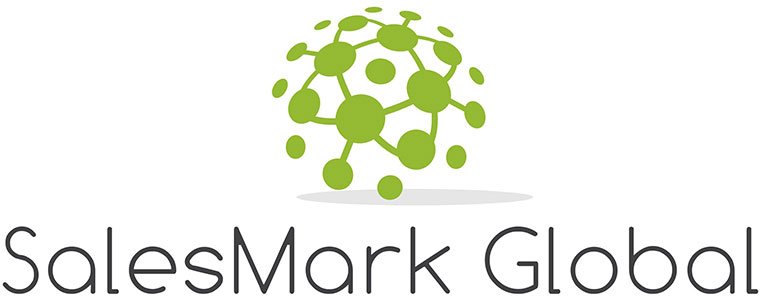Discover how Customer Data Platforms (CDPs) drive B2B success in APAC, turning data into actionable insights for better engagement and ROI.
B2B marketers across the Asia-Pacific region constantly explore different methods to enhance customer interest while improving conversion rates and generating enhanced return-on-investment results in their fast-evolving digital markets. The Customer Data Platform (CDP) is the top solution being developed in this domain.
Asia-Pacific B2B marketing finds revolution through CDP solutions that unite scattered customer data for enhanced customization and assist data-driven decision processes.
In today’s SalesMark Global article, we will focus on the best CDP solutions that will help boost your APAC B2B success even in this volatile marketing realm.
Table of Contents
1. Key Drivers of CDP Adoption in APAC
2. How CDP Solutions Drive B2B Marketing Success
2.1. Enhancing Customer Segmentation and Personalization
2.2. Optimizing Account-Based Marketing (ABM) Strategies
2.3. Streamlining Multi-Channel Marketing Efforts
2.4. Driving Predictive Analytics and Lead Scoring
2.5. Improving Marketing ROI and Sales Alignment
Conclusion
1. Key Drivers of CDP Adoption in APAC
Data fragmentation is a major concern for businesses in the Asia-Pacific area. Building a unified customer profile is difficult since consumer data is spread across several channels, including social media, e-commerce platforms, CRM systems, and offline touchpoints. This inconsistent consumer experience and ineffective marketing strategies result from this compartmentalized strategy. To address this problem, top businesses are using CDPs that enable hyper-personalized advertising and lower churn rates. Singtel, a telecom giant located in Singapore, deployed a customer data platform to consolidate customer data from many sources. This initiative has improved engagement and ROI by combining data into a single source of information.
Increasing customer requirements functions as a key driver that leads businesses within APAC to adopt CDP solutions. B2B customers expect identical customized online interactions that match B2C consumer needs. Through customer data platform implementation, companies gain better lead conversion numbers while serving personalized content and recommendation options that match user behaviors.
Businesses within the APAC region must adhere to new data privacy regulations because they need to uphold regulatory compliance while maintaining data-driven methods. Businesses operating in China (PIPL), India (DPDP Act), and Australia (Privacy Act reforms) now must responsibly handle customer data due to new strict laws. The company implemented a CDP system featuring built-in data security tools to fulfill regulatory needs and deliver personalized experiences to their customers. CDPs with governance structures enable organizations to meet regulatory requirements by maintaining their marketing performance levels.
2. How CDP Solutions Drive B2B Marketing Success
Let’s explore some ways a customer data platform can show up in your B2B operations:
2.1 Enhancing Customer Segmentation and Personalization
CDPs harmonize first-party data from CRM systems, website data, and external platforms to construct complete customer profiles. Through this method, B2B marketers can accurately segment their audience so they can deliver extremely personalized marketing campaigns.
2.2 Optimizing Account-Based Marketing (ABM) Strategies
High-value client operations in the APAC B2B market heavily depend on the implementation of ABM as their strategic framework. CDPs enable organizations to discover their essential accounts while following customer path development and delivering strategic marketing guidance to optimize their marketing operations.
2.3 Streamlining Multi-Channel Marketing Efforts
APAC businesses must adopt a unified approach because their customers interact through different digital and offline channels. Marketers who employ Customer Data Platforms for their multi-channel campaigns achieve 35% better campaign results. CDPs combine data collected from different contact points to ensure messages consistently deliver relevance throughout multiple channels.
2.4 Driving Predictive Analytics and Lead Scoring
The combination of CDPs and AI predictive analytics enables B2B marketers to identify motivated prospects and make better resource allocations through buying behavior forecasting. The predictive capabilities of CDP help many fintech companies to study customer interaction data for high-value potential leads prediction.
2.5 Improving Marketing ROI and Sales Alignment
The use of CDPs by APAC marketers has shown that 68% of them achieved an increased return on investment based on Adobe’s recent study. The solution delivers instant customer behavioral analyses, which allows marketing and sales teams to work together efficiently so they achieve increased ROI.
Conclusion
APAC B2B marketing encounters a revolution through CDP solutions because these tools transform scattered data into analytical knowledge, which supports personalized experiences and optimizes marketing processes. Businesses that deploy CDP technology now will secure a competitive advantage in APAC because they can showcase powerful data measurements and practical achievement examples. The progress of technology will ensure that CDPs remain central to data-and-insights-based marketing strategies that drive APAC B2B marketers to reach sustainable growth through their success.





